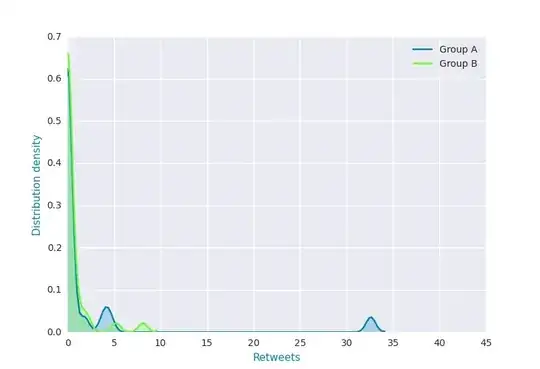Nick Cox makes many good points in his comments. Let me put some of them (and some of my own) into answer format:
First, ordinary least squares regression makes no assumptions about the dependent variable being normally distributed; it make assumptions about the errors being normal and the errors are estimated by the residuals. However, when the dependent variable is as skewed as yours is, the residuals usually will be too.
Second, the emphasis on transformation for statistical reasons that you find in many introductory books is because the book wants to show how a person can use OLS regression in different situations (and, unfortunately, it's true that some professors in non-statistics courses don't know about alternatives). In older books, it may also be because some of the alternative methods were too computer intensive to be usable.
Third, I think data should be transformed for substantive reasons, not statistical ones. Here, and for price data more generally, it often makes sense to take the log. Two reasons are that 1) People often think about prices in multiplicative terms rather than additive ones - the difference between \$2,000,000 and \$2,001,000 is really small. The difference between \$2,000 and \$2,100 is much bigger. 2) When you take logs, you can't get a negative predicted price.
Fourth, if you decide not to transform (for some reason) then there are methods that do not assume that the residuals are normal. Two prominent ones are quantile regression and robust regression.
